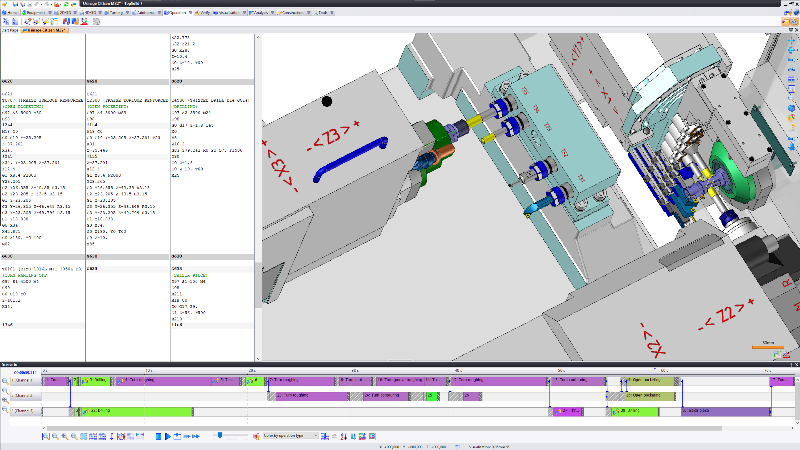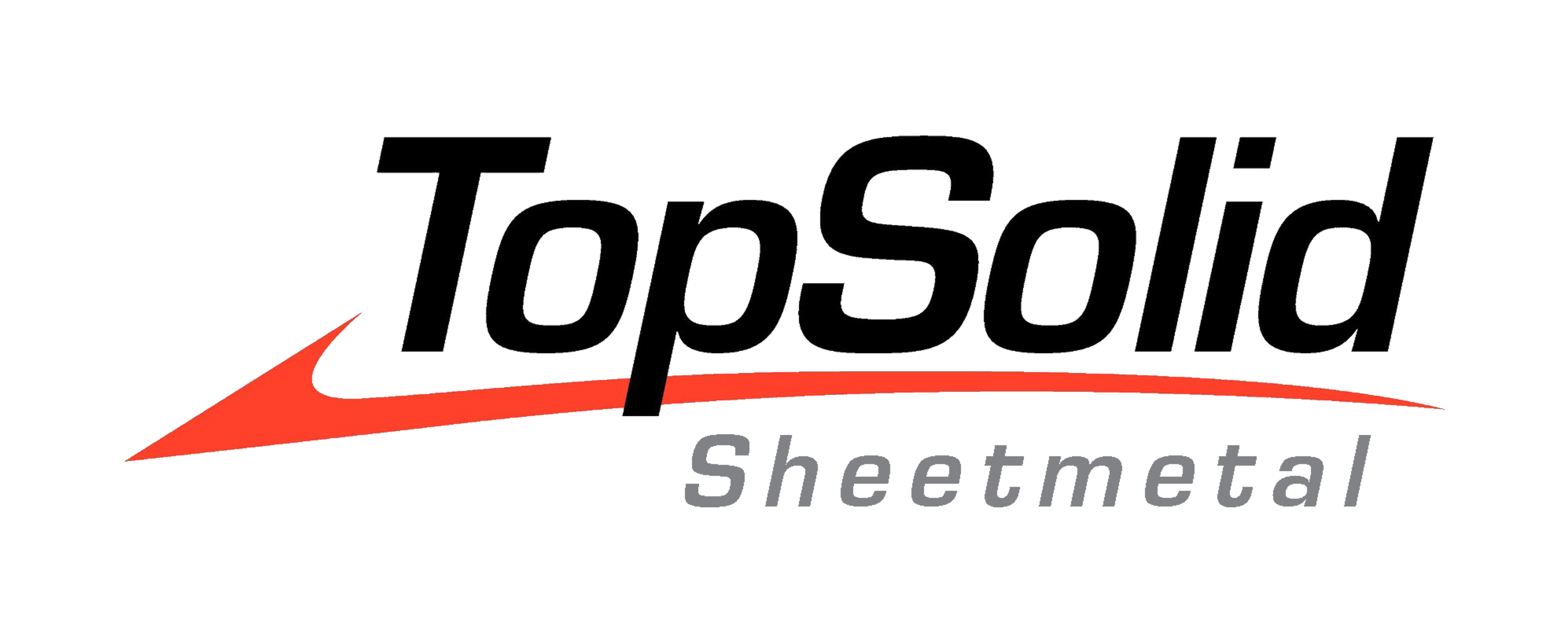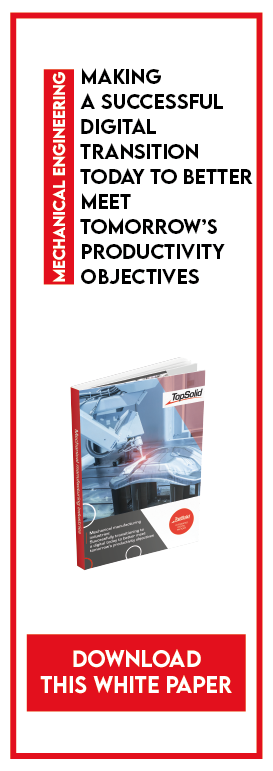Swiss Turn: machines with complex settings
Sliding headstock, bar feeders, tooling stations, secondary spindles, collinear axes… From set-up to program optimization and adjustment, bar-turning machines are highly complex and require rigorous parameterization. Indeed, the most complex Swiss Turn machines can have more than a dozen axes. This means several small tools can work on the same or several parts simultaneously. All this is relatively small since the largest parts are typically 38mm in diameter, while the smallest can be as small as 0.05mm. For all these reasons, Swiss Turn machines are described as complex since everything can move simultaneously, and the various functions need to be parameterized to suit. It is, therefore, necessary to rely on software combining a complete range of milling, turning, and control cycles, considering all the components specific to Swiss Turn.
The limitations of traditional CAM software in the face of Swiss Turn
Many CAM programs still need to be improved in managing the number of axes and channels. They need to consider the machine environment, which means they are not operational with all machines. Others do not allow the user to access all parameters, which means that information has to be re-entered at the foot of the machine.
Worse still, some CAM software programs cannot generate optimized ISO code because the machine environment and kinematics are not managed. In these cases, manual manipulation by the user creates a major source of errors, increasing the risk of tool or part breakage collisions once on the machine.
The TopSolid range of CAD, CAM and ERP solutions
How TopSolid’Cam meets the challenges of bar turning
From CAD files to ISO code, programmers must rely on high-performance programming and simulation software to perform machining preparatory operations upstream while other processes co-occur. A wide range of turning and milling cycles, high-speed machining, and 3D cycles for simultaneous 3- and 5-axis milling… CAM software must meet the requirements of bar turning. It must also reduce cycle times, thanks to process synchronization and perfect tool control. Whatever the type of turning center, the CAD/CAM solution must generate all-in-one programs and guarantee ready-to-use ISO code.
A leader in the programming of complex machines, TopSolid’Cam perfectly meets the needs of the bar-turning industry and its users, thanks to the simplicity of its programming. Highly intuitive, this software gives access to all machine parameters and offers the possibility of real, reliable, accurate, and optimized simulations. Choosing TopSolid’Cam gives you the most precise program time management possible.
TopSolid’Cam is a global CAD/CAM solution for :
- Swiss Turn
- Milling
- Shooting
- Mill turn
- Erosion
With TopSolid’Cam, it is possible to machine a part in a single operation, even if it requires several set-ups or several machines. Program segmentation offers greater stability and more efficient passes, thanks to the support of the sliding headstock. The software enables synchronized and superimposed movements to save cycle times. From a single interface, you can program and optimize high-speed machining tasks.
TopSolid’Cam is a global CAD/CAM solution with native interoperability, whatever CAD system you use. No matter what your market segment is, TopSolid’Cam adapts to the needs of each company. Its innovative, user-friendly interface enables you to produce quickly and efficiently on every project.










